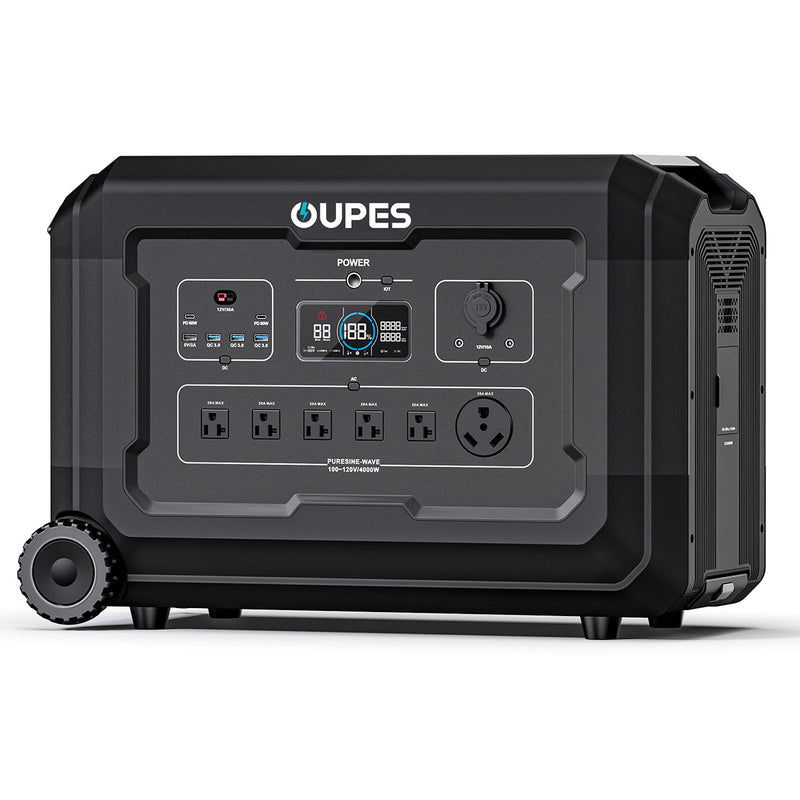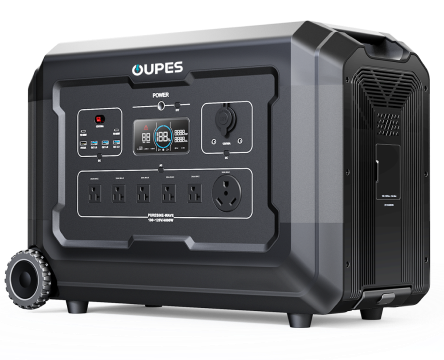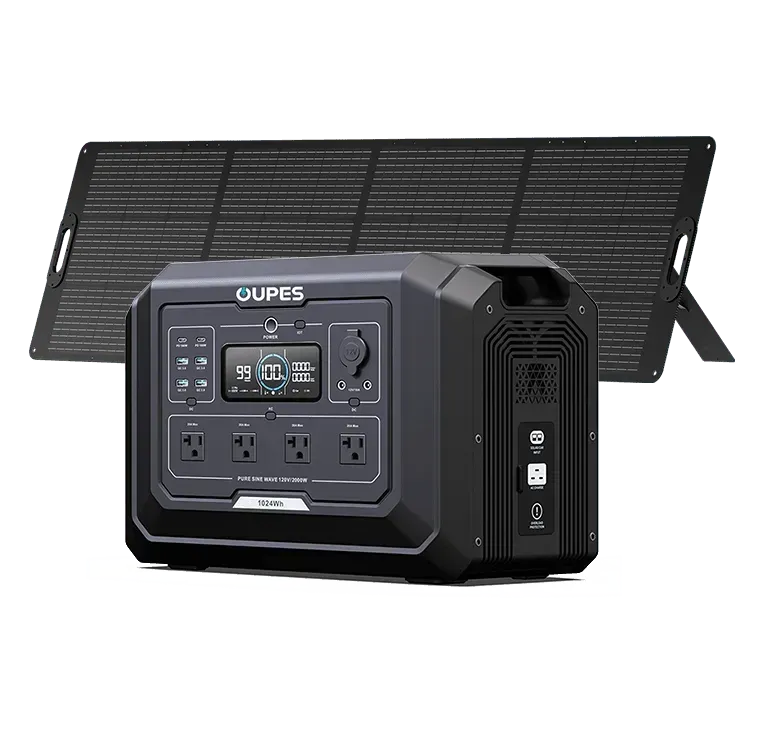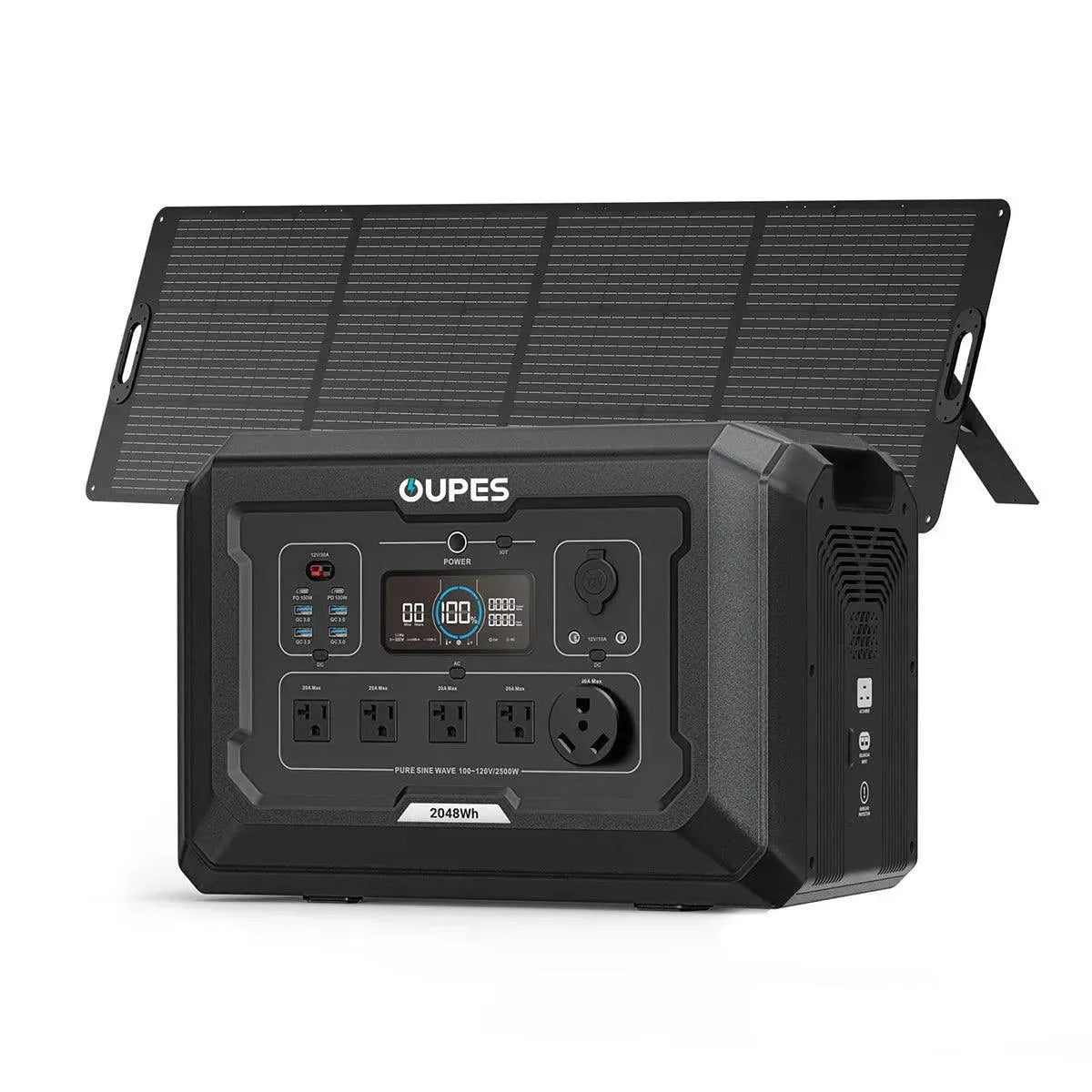
In an age where sustainable energy solutions are becoming increasingly important, many people are turning to solar-powered generators to meet their power needs in an eco-friendly way. Whether you're camping off the grid, dealing with frequent power outages, or looking for an environmentally conscious backup power source, understanding how solar-powered generators work can help you make an informed decision. This article will break down the essential components of solar-powered generators, how they function, and their benefits compared to traditional generators.
What is a Solar-Powered Generator?
At its core, a solar-powered generator is a device that harnesses the energy of the sun to produce electricity. Unlike conventional generators that rely on fossil fuels like gasoline or diesel, solar-powered generators use solar panels to convert sunlight into usable electricity. This electricity is stored in batteries for later use, providing a renewable, sustainable, and clean source of energy.
The primary components of a solar-powered generator include solar panels, a charge controller, a battery, and an inverter. Solar panels collect sunlight and convert it into DC (direct current) electricity, which is then sent to the battery for storage. The charge controller ensures that the battery is charged correctly and prevents overcharging or discharging, which can damage the battery. The inverter then converts the stored DC electricity into AC (alternating current), which is the type of electricity used by most household appliances.
Solar-powered generators can vary in size, from small portable units designed for camping or RVs to larger stationary systems capable of powering an entire home or business. One of the main benefits of these systems is their ability to provide power without relying on external fuel sources, making them an ideal choice for environmentally conscious consumers. However, their effectiveness is dependent on sunlight availability, so they are most efficient in sunny regions.
How Do Solar Panels Convert Sunlight into Electricity?
To understand how a solar-powered generator works, it is essential to first grasp how solar panels convert sunlight into electricity. Solar panels are made up of many smaller units called photovoltaic (PV) cells. These cells are made of semiconductor materials, typically silicon, which have the unique ability to absorb sunlight and release electrons.
When sunlight hits the PV cells, it excites the electrons in the material, causing them to move. This movement creates an electric current, which is then captured and used as electricity. The amount of electricity produced depends on factors like the amount of sunlight, the angle at which the sunlight hits the panel, and the efficiency of the PV cells themselves. Typically, the more sunlight the panels receive, the more electricity they can generate.
The electricity generated by the solar panels is in the form of direct current (DC), but most household appliances run on alternating current (AC). Therefore, an inverter is required to convert the DC electricity produced by the solar panels into AC electricity, making it compatible with home electronics. Some solar-powered generators may have built-in inverters, while others require external inverters to function.
The Role of the Battery in a Solar-Powered Generator
The battery plays a crucial role in solar-powered generators by storing the electricity generated by the solar panels. Without a battery, any excess power produced during the day would be lost as soon as the sun goes down. Batteries allow users to store energy for later use, ensuring that they have access to electricity even when the sun isn't shining.
There are various types of batteries used in solar-powered generators, with lithium-ion batteries being among the most common. Lithium-ion batteries are preferred because of their high energy density, long lifespan, and relatively low maintenance requirements. These batteries can store large amounts of energy in a compact space, allowing solar-powered generators to be portable yet powerful enough to supply electricity for extended periods.
The size of the battery determines how much power it can store, and consequently, how long the generator can run before needing to be recharged. Larger batteries can provide power for days or even weeks, depending on the energy consumption of the devices being powered. However, it's important to note that the battery’s lifespan will gradually decrease over time, especially if it is constantly drained to low levels or subjected to extreme temperatures. Proper care and maintenance can help extend the life of the battery, ensuring that the solar-powered generator continues to work efficiently for years.
Advantages of Solar-Powered Generators Over Traditional Generators
Solar-powered generators offer several advantages over traditional generators that rely on gasoline, diesel, or propane to generate electricity. One of the most obvious benefits is their environmental impact. Solar-powered generators produce no emissions or pollutants during operation, making them an environmentally friendly choice. In contrast, traditional generators release harmful gases such as carbon dioxide and nitrogen oxides, which contribute to air pollution and climate change.
Another key advantage is the long-term cost savings. While solar-powered generators may have a higher initial cost due to the price of solar panels and batteries, they have minimal ongoing operational costs. Once the system is installed, the energy produced by the solar panels is free, and there are no fuel costs. In contrast, traditional generators require regular refueling, which can become costly over time, especially during long periods of use.
Solar-powered generators are also quieter and require less maintenance than traditional generators. Gasoline and diesel generators are notorious for their loud noise, which can be disruptive in residential areas or while camping. In comparison, solar-powered generators produce little to no noise during operation, making them ideal for quiet environments. Additionally, solar systems have fewer moving parts than traditional generators, reducing the need for frequent maintenance or repairs.
Factors to Consider When Choosing a Solar-Powered Generator
While solar-powered generators offer many advantages, it's essential to consider several factors before purchasing one to ensure that it meets your energy needs. The first factor to consider is the power capacity of the generator. Solar-powered generators come in various sizes, and choosing the right one depends on what you plan to power. For example, if you're using the generator to power small devices like phones or laptops, a smaller unit may suffice. However, if you need to run larger appliances like refrigerators or air conditioners, you will need a larger, more powerful system.
The second factor to consider is the battery capacity. As mentioned earlier, the battery stores the electricity generated by the solar panels, so it's crucial to choose a generator with a battery that can store enough energy to meet your needs. Keep in mind that the battery capacity is often measured in watt-hours (Wh), so it's helpful to calculate the total energy consumption of the devices you plan to power in order to choose an appropriately sized battery.
Another factor to consider is the solar panel efficiency. Not all solar panels are created equal, and some are more efficient at converting sunlight into electricity than others. High-efficiency panels can generate more power in a smaller space, which is particularly useful if you have limited space for solar panel installation. However, high-efficiency panels often come at a higher price, so it's essential to balance efficiency with your budget and energy requirements.
Conclusion: Is a Solar-Powered Generator Right for You?
Solar-powered generators offer a renewable, environmentally friendly, and cost-effective solution for meeting your power needs. Whether you need a portable generator for camping or a reliable backup power source for your home, solar-powered generators provide an excellent alternative to traditional fuel-powered options.
When choosing a solar-powered generator, it's essential to consider factors such as power capacity, battery size, and panel efficiency to ensure that the system meets your energy requirements. While these systems may have a higher upfront cost, they offer significant long-term savings on fuel and maintenance, as well as a minimal environmental impact. As solar technology continues to improve, solar-powered generators are becoming an increasingly viable option for those looking to reduce their reliance on fossil fuels and embrace sustainable energy solutions.




























